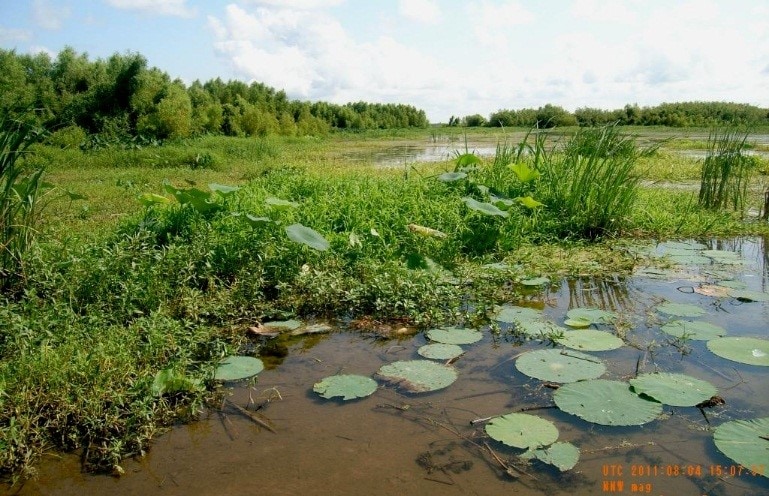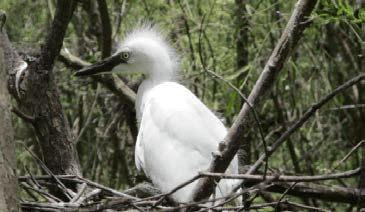In this episode, we’re talking with Jeff Corbino, Environmental Resources Specialist with the US Army Corps of Engineers, in the New Orleans District. Jeff is the Environmental Function Chief for the District’s Operations Division Technical Support Branch that supports the District’s navigation mission through maintenance of waterways throughout South Louisiana including the dredging of 80 million cubic yards of sediment to operate this vital navigation network. Jeff and his colleagues have been doing groundbreaking work applying Engineering With Nature principles and practices using dredged sediment to create riverine islands that provide both environmental and engineering benefits. For example, dredged sediment was used to expand a naturally occurring sandbar that was developing in the Horseshoe Bend segment of the Atchafalaya River, Louisiana. By adding dredged material upstream, Jeff and his team accelerated the transformation of the sandbar into an island, partnering with the river to create new, sustainable habitat, and engineering value that reduces future work and cost. As Jeff discusses, they “let the river do the heavy lifting”.

Jeff and his colleagues worked with scientists and engineers at the Army Corps’ Engineer Research Development Center (ERDC) in Vicksburg, Mississippi, to quantify the benefits of the project. They have received four awards for environmental excellence and adaptation to climate change from the Western Dredging Association, Dredging and Port Construction Magazine, US Army Corps of Engineers, as well as international recognition. Jeff discusses the key learnings from the Horseshoe Bend Island project and how they are being applied to current projects, including a major diversion project in West Bay, Louisiana, where dredged material is being used opportunistically in concert with the diversion’s power to accelerate the restoration of wetlands. Demonstrating the triple-win benefits of EWN projects of this kind provides an opportunity to expand and extend what is being learned to other projects within the District, to other Districts and to other projects leaders outside the Corps.






